CHINASE | ENGLISH
bottom
NEWS
Mengtian Shines, Tiangong Departs | Long March 5B Successfully Launches the Mengtian lab module, marking the end of China's space station construction
At 15:37, October 31, 2022, the Mengtian lab module of the space station was lifted off by the Long March 5B carrier rocket at Wenchang Space Launch Site, and successfully entered the scheduled orbit. The launch mission was a complete success, marking the end of China's space station construction mission. The Shanghai Academy of Spaceflight Technology led the overall research and development of the Mengtian lab module and the four boosters of the Long March 5B carrier rocket.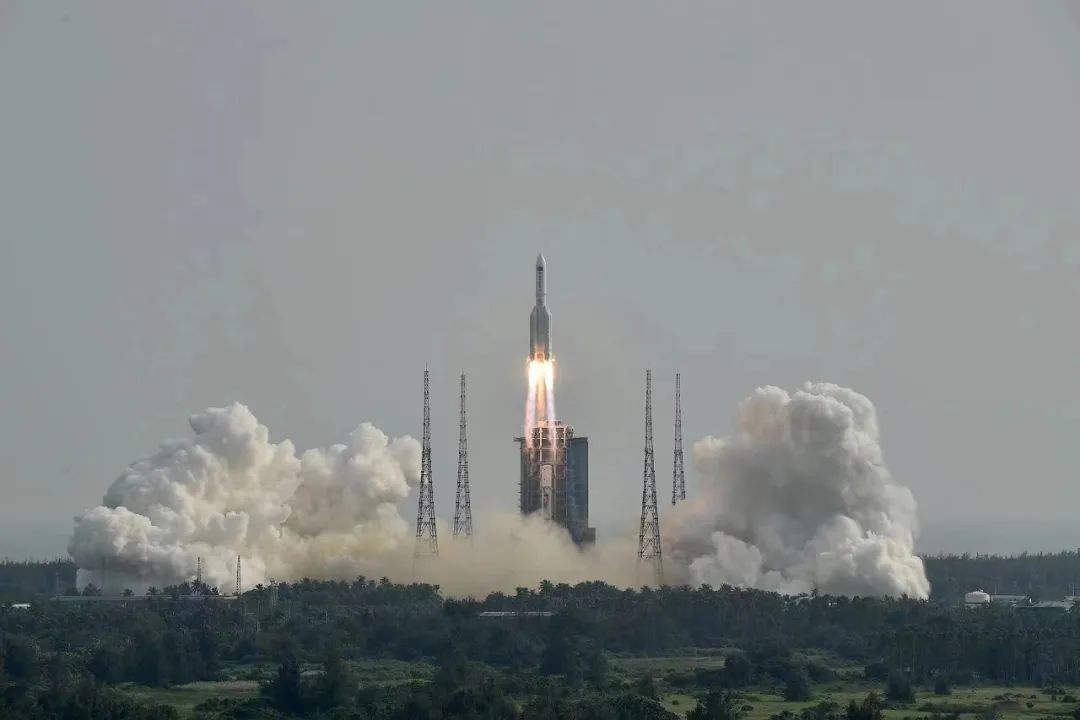
Later, Mengtian lab module will conduct rapid rendezvous, docking with Tianhe core module and complete plane transposition, and the three modules will form the basic "T" configuration of the space station. After on-orbit assembly of the Mengtian lab module, it will realize grid-connected management of control, energy, information, environment and other functions with the other two modules of the space station, jointly support the space station to carry out larger-scale space research experiments and new technology experiments, create a "dream workshop" for space technology application research, and promote China's space science research and application to the world's leading level.
A quick overview of the whole process of Mengtian module launch mission (160 seconds long)
Most reliable
Start the journey with "dreams" in mind, "making improvements with each mission"
▼
The Long March 5B carrier rocket, as the " special train for space station module transport", is a new large carrier rocket developed according to the design concept of "generalization, serialization and modularization" to meet the needs of China's manned space station project on the basis of Long March 5. Its low earth orbit carrying capacity can reach 25 tons. It is the largest carrier rocket in low earth orbit in China at present and the first one-and-a-half stage configuration carrier rocket in China.
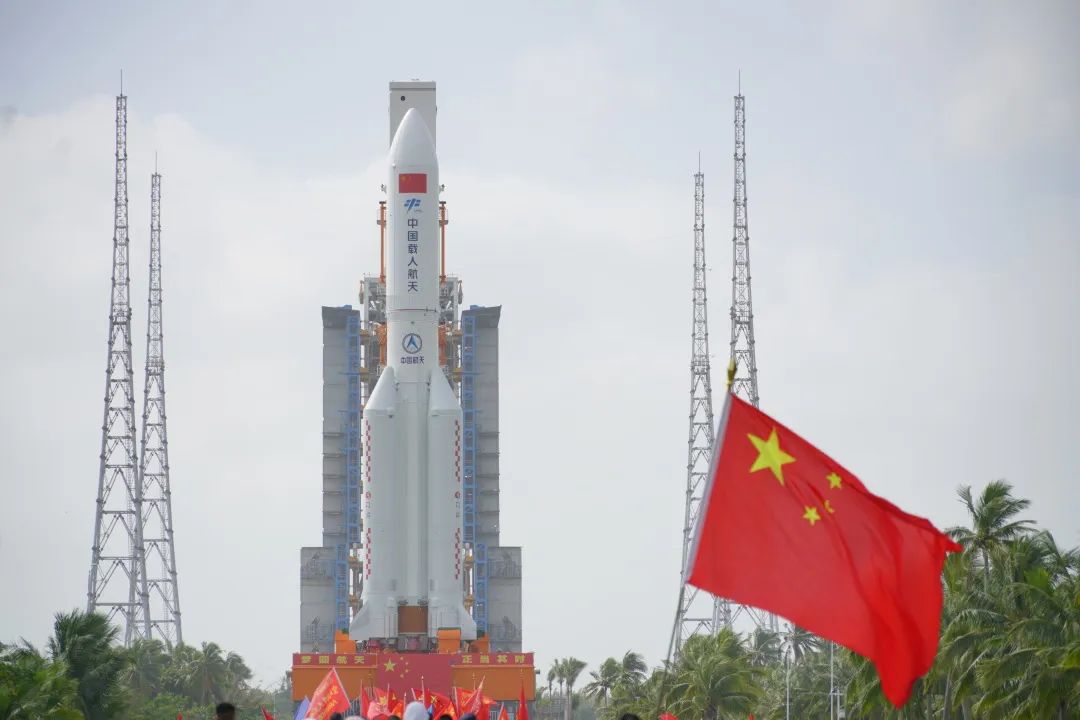
The Long March 5B is composed of a core stage with a diameter of 5 meters, 4 boosters with a diameter of 3.35 meters and module fairing assembly. The design concept of fewer stages adopted effectively improves the inherent reliability of the rocket. How to get the "maximum carrying capacity" under the design concept of "fewer stages"? The four boosters around the rocket’s core stage are indispensable. The "four kingkong" boosters provide more than 90% of the takeoff thrust of the rocket, which is the key to the success of the "Fat Long March 5".
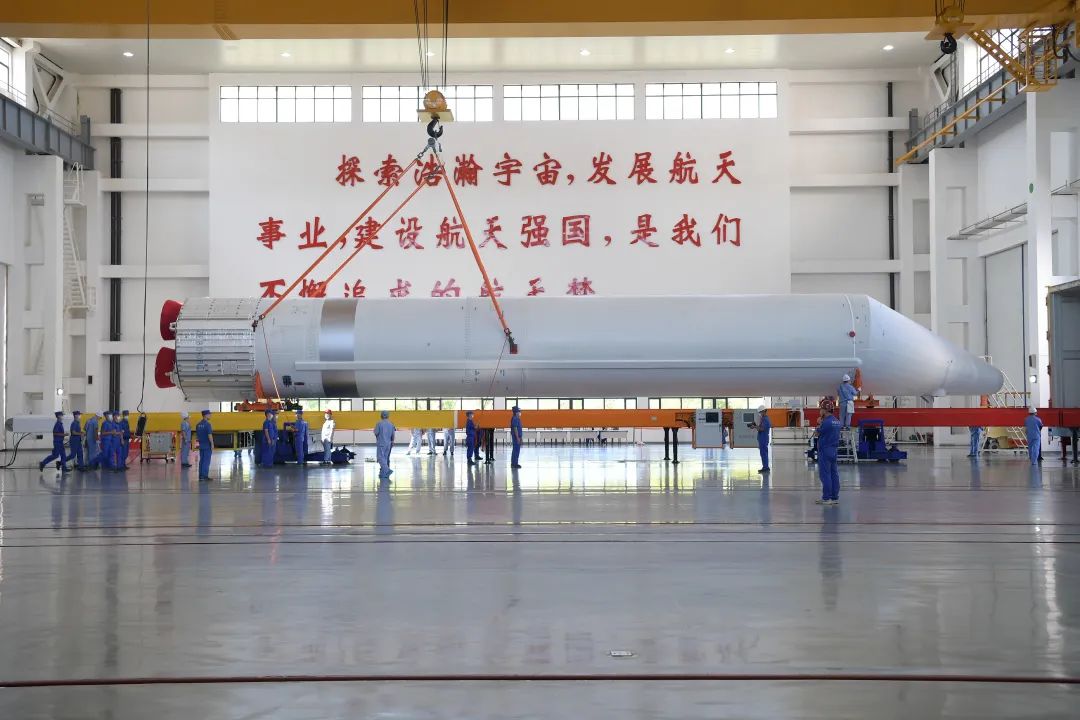
In order to ensure the success of the mission, the research team of the Shanghai Academy of Spaceflight Technology, adhering to the concept of "success does not mean maturity, maturity does not mean reliability, and reliability does not mean qualification" and the goal of "making improvement after each mission", carried out a comprehensive review of all single machine production and full rocket assembly processes over two years, closed-loop implementation of the optimization project, and further optimized the final assembly process and range operation process, effectively ensuring the implementation of the Mengtian lab module mission.
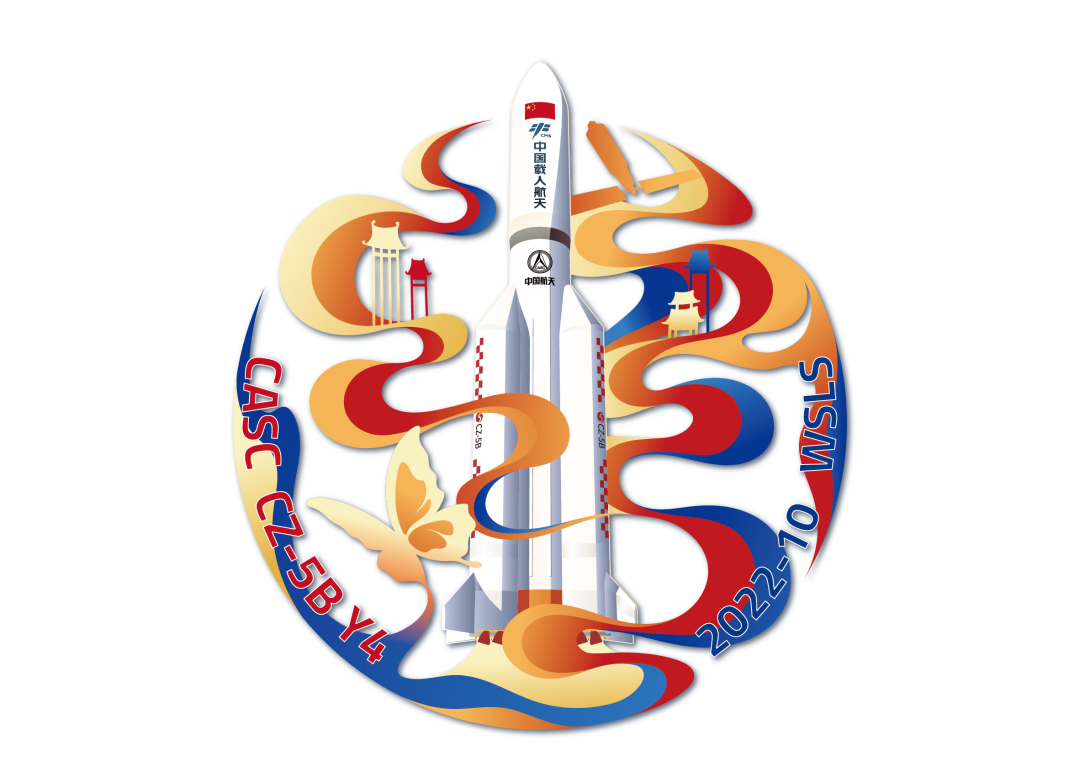
In addition, the research and development team of the Shanghai Academy of Spaceflight Technology also re interpreted the pre-launch and flight data of the previous eight rockets, compared the data of this rocket horizontally and vertically, sorted out more than 100 production and maintenance items at the launch site. By virtue of the model test digital management system (LDM), and through the form of detailed list and tabulation, the team ensured that launch site work was implemented item by item, operation process was correct and standardized, and data records were accurate and effective, making the "Fat Long March 5" more reliable to take "Mengtian" to "Tiangong" Space Station with full confidence.
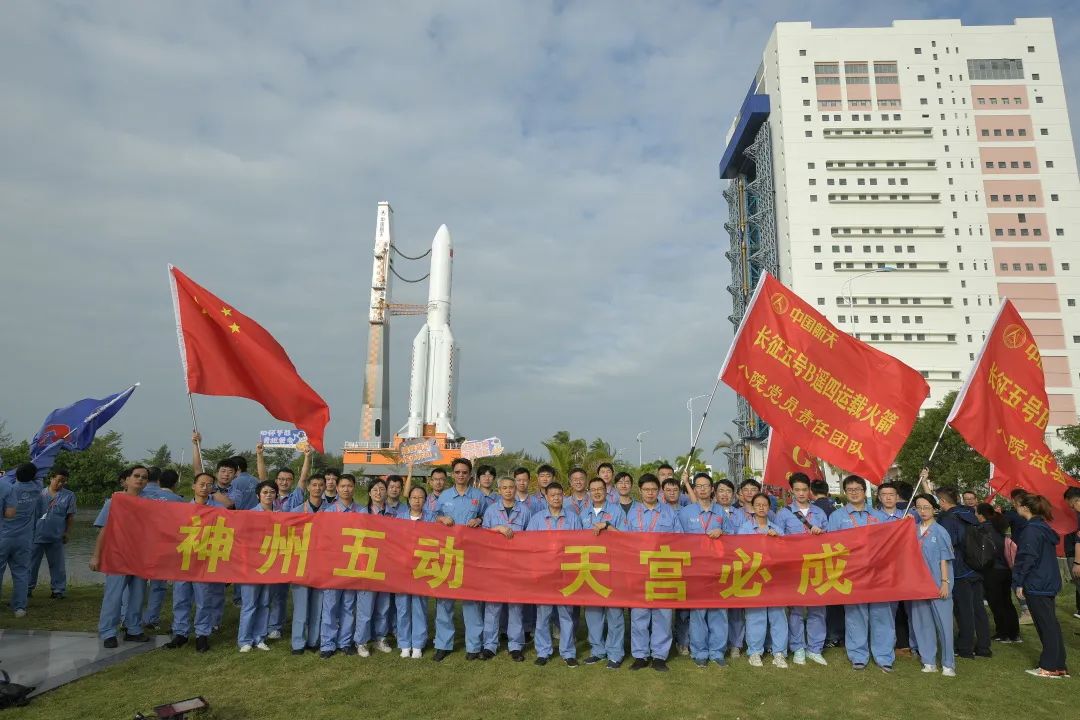
The strongest
Supports stronger scientific experiments in the space station
▼
The Mengtian lab module is composed of four sections: working cabin, cargo airlock cabin, load cabin and resource cabin. The total length of the module is 17.88 meters, the diameter is 4.2 meters, and the launch mass is about 23 tons. Its task division and positioning are different from the Tianhe core module and the Wentian lab module. Compared with those two modules, it has both similarities and differences in configuration, and each has its own characteristics.
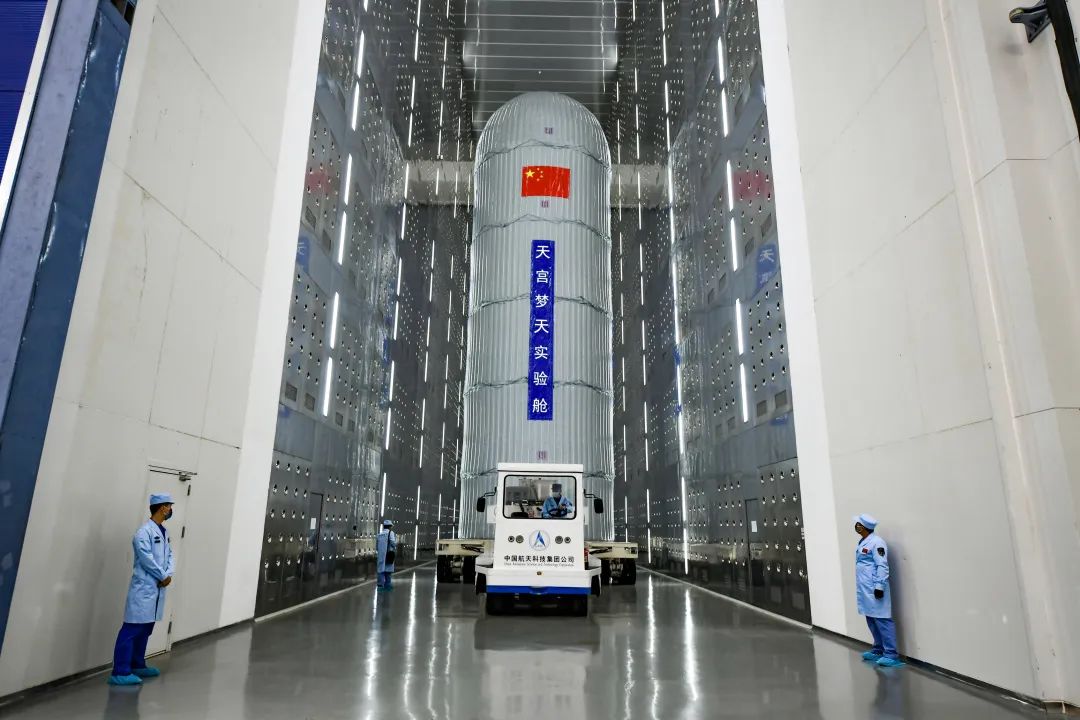
From the perspective of human support, the Mengtian lab module is positioned as the place where astronauts work, so there is no regenerative life insurance, sleeping area and health area similar to the "Tianhe" and "Wentian" modules. However, the three module sections are all equipped with astronaut training equipment, the Mengtian module is equipped with resistance training equipment, similar to the rowing machine in the gym.
In terms of overall configuration, the belly of Mengtian lab module is rounder. It is composed of four sections and adopts a unique "nesting doll" design. The working module is at the front end and connected with the core module through the docking mechanism. It is mainly the place where the astronauts work and exercise, and also the place where scientific test cabinets are installed. The load cabin and cargo airlock cabin are connected with the working cabin in the form of "double cabin nesting", that is to say, there is a cargo airlock cabin hidden inside the load cabin, which is mainly used as the special passage for cargo to exit the cabin. At the front end is the resource cabin, which is also the place where the sun orientation device and flexible solar wing are installed.
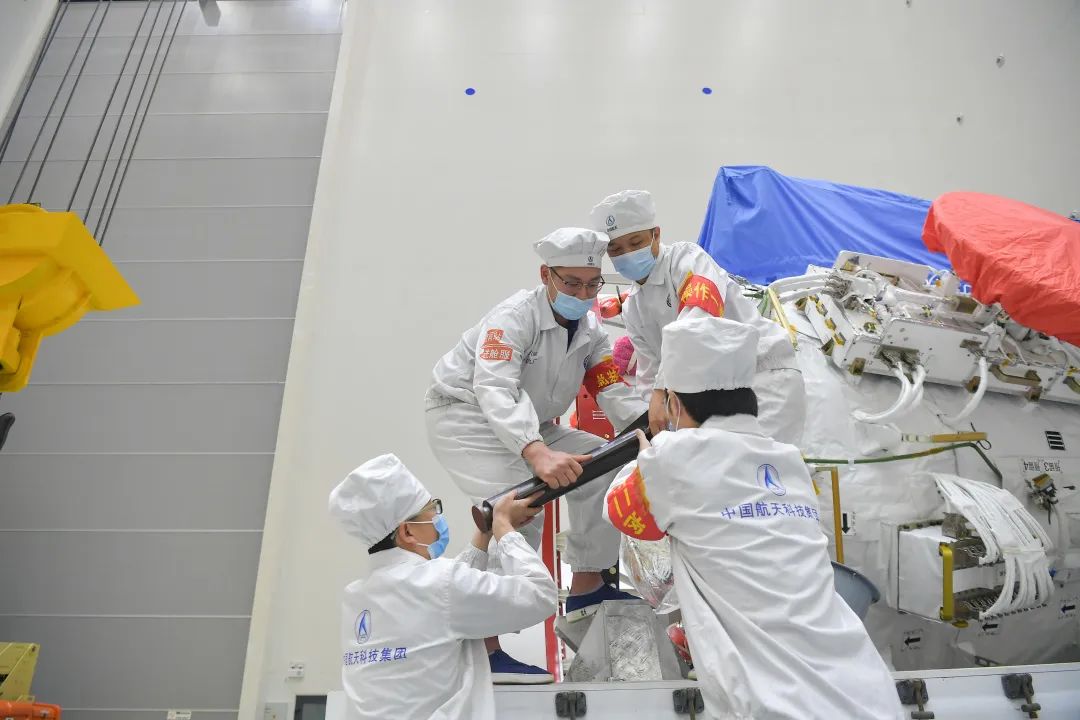
From the perspective of supporting application tasks, the Mengtian lab module, as a "studio", is the module section with the strongest load supporting capacity among the three modules. It is equipped with 13 standard load cabinets, mainly for microgravity scientific research, and can support leading edge test projects such as fluid physics, material science, and ultracold atomic physics. It can be called the "Dream Workshop" in Tiangong. At the same time, in order to maximize the ability to support extravehicular experiments, there are 37 load installation stations outside the Mengtian module, which can provide mechanical, electrical and information support for various scientific experimental loads to ensure the implementation of various experiments in the space environment. In particular, the load cabin is equipped with two exposure load test platforms that can be deployed in orbit, further enhancing the load support capability of the space station.
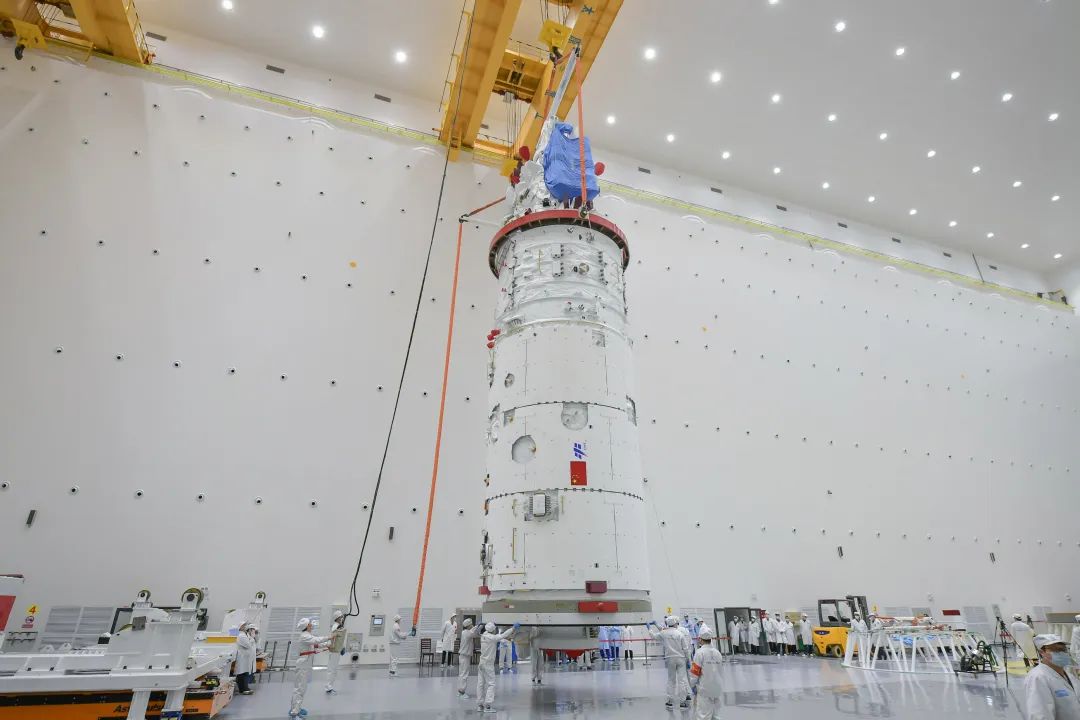
The smartest
Cargo moves in/out of the module automatically, creating a "space cargo port"
▼
If the airlock cabin of the Wentian lab module is compared to an "international airport", the cargo airlock cabin of Mengtian is the "international cargo port" of the space station. In the past, carrying out scientific experiments outside the module required astronauts to leave the module for installation, but this method would be limited by the number of times astronauts leave the module, the number and size of loads. Therefore, the unique load automatic access function of the Mengtian lab module will further improve the capacity and efficiency of the space station for extravehicular load experiments (tests).
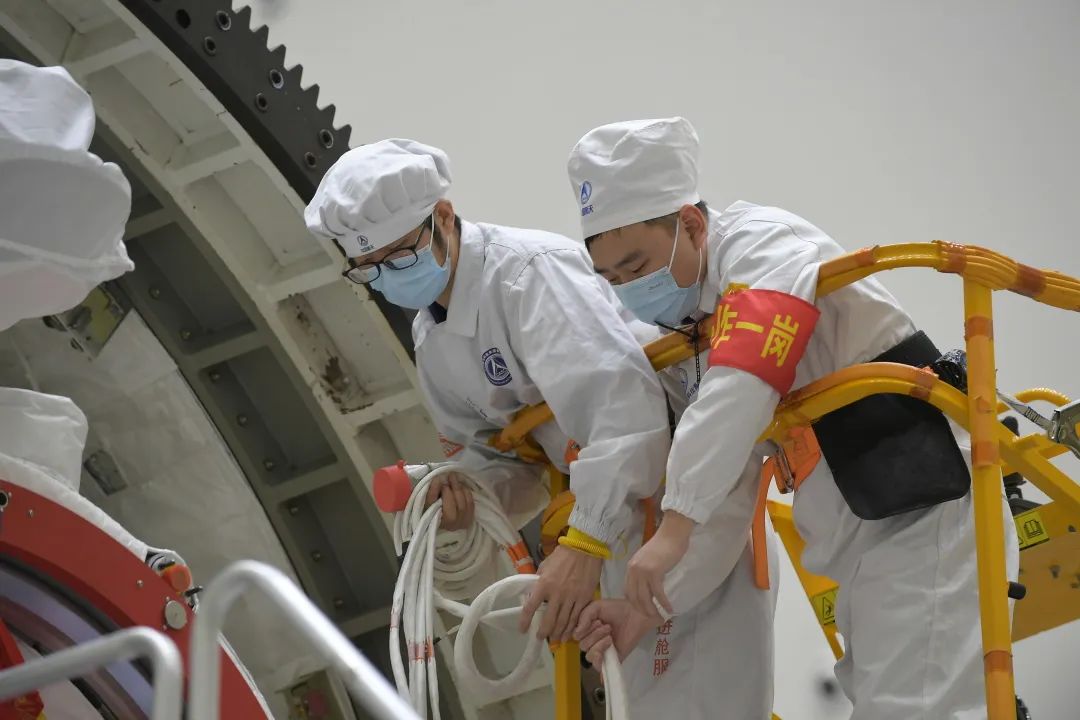
In the Mengtian lab module, a load transfer mechanism is configured to stably carry out the task of transporting cargo from the module to the outside or vice versa. It is understood that the carrying capacity of the load transfer mechanism can reach 400 kg, and the cargo envelope can reach 1.15 m x 1.2 m x 0.9 m for a single delivery. Compared with the way of astronauts "taking cargo out of the module", the ability of transferring cargo out of the module has been further improved, which also "lightens the burden" for astronauts working and living on orbit, so that they can spend more time and energy on carrying out various scientific experiments inside the module.
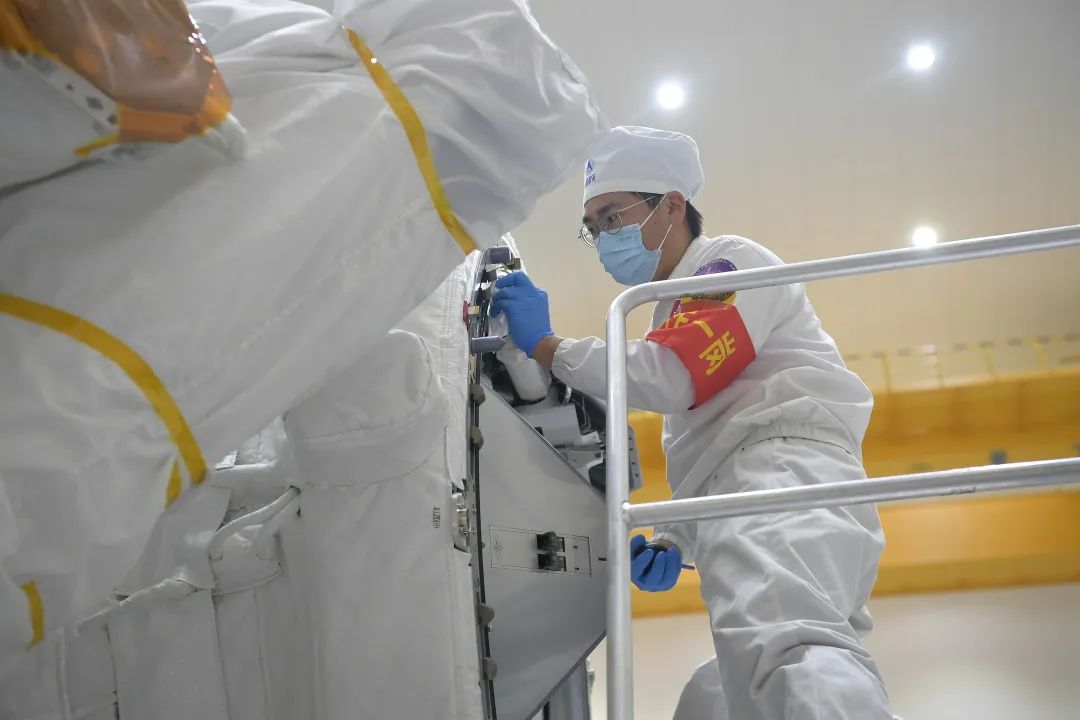
At the same time, in order to meet the entry and exit requirements of larger size and heavier cargo in the future, a unique square hatch with a width of up to 1.2 meters is also installed on the cargo airlock cabin of the Mengtian lab module. Fully automatic arc sliding design is adopted for the hatch, which can provide a wide corridor for cargo to enter and exit the module. It is also a key equipment for isolating the space environment inside/outside the module. It is the first square automatic module door that appeared on China's space station.
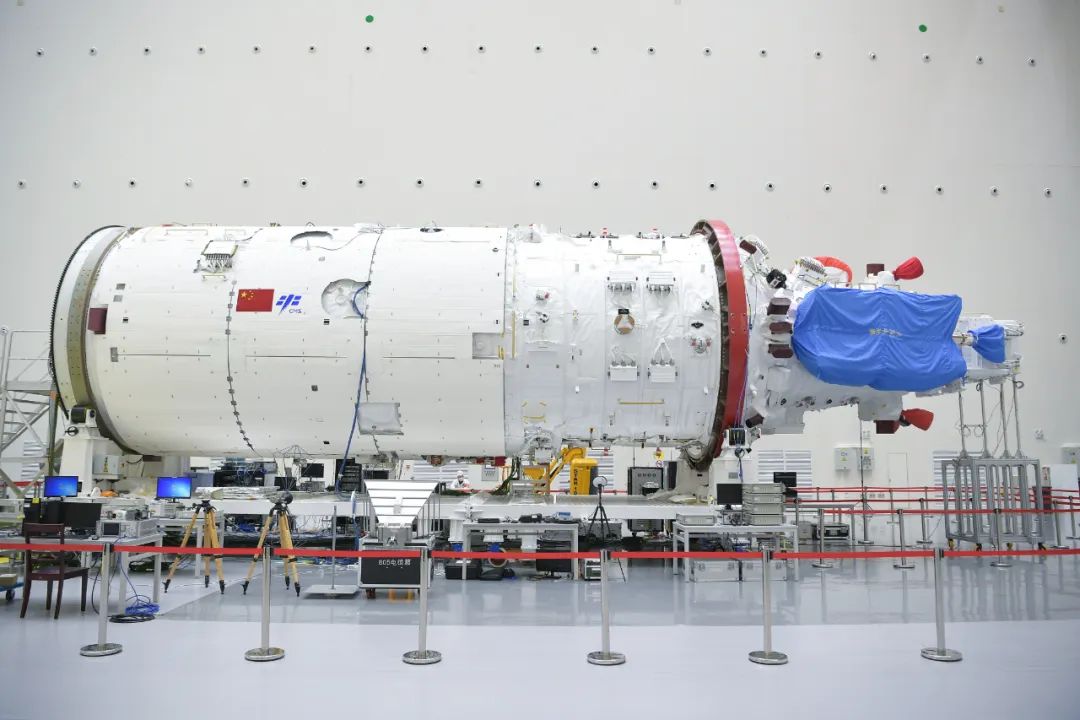
The coolest
Supports the release of micro satellites in orbit
▼
The Mengtian lab module has the ability to release micro vehicles on orbit, and will be used as an open cooperation platform to further enhance the comprehensive application benefits of the space station. The Mengtian lab module is specially equipped with an on-orbit release mechanism for micro vehicles, which can meet the on-orbit release requirements of 100kg micro vehicles or multiple specifications of cube satellites, and solve the problem of low-cost space entry for micro and cube satellites.
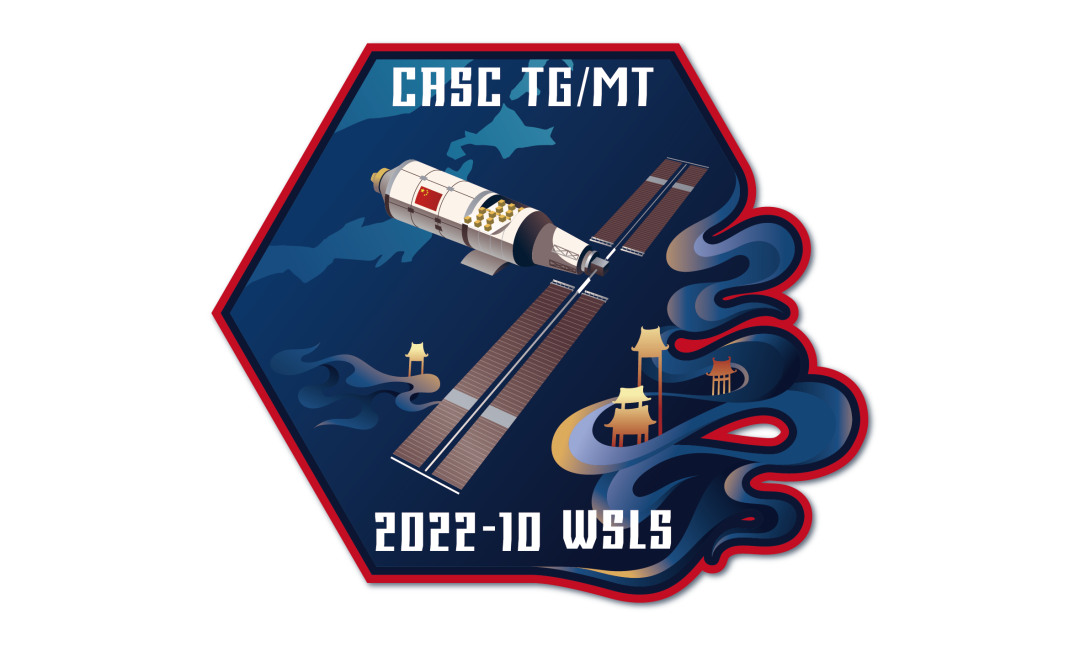
Astronauts only need to fill cube satellites or microsatellites into the "belly" of the release mechanism in the module, and the release mechanism can ride on the load transfer mechanism to transport the microsatellites outside the module. After exiting the module, the mechanical arm grabs the release mechanism and moves to the specified release direction. The release mechanism will eject the small satellite like a slingshot to achieve "satellite release" in orbit.
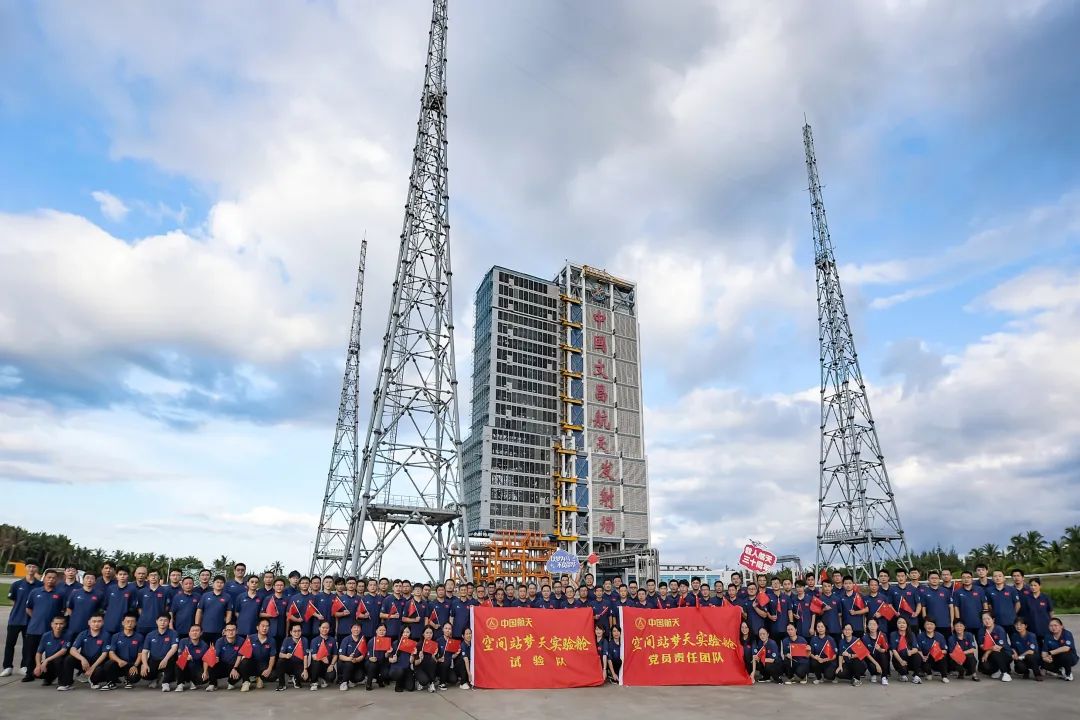
Best configured
Double "wing" - driven to achieve worry-free power consumption
▼
With the development of more scientific experiment tasks on the space station, the power supply demand for loads on the space station has doubled. Therefore, the Mengtian lab module and the Tianwen lab module have the same power supply configuration. It also has a "giant wing" - a flexible solar cell wing, with single side length of 27 meters and deployable area of nearly 138 square meters. After the basic configuration of China's space station is assembled, the four solar cell wings configured on the two lab modules will create the most powerful energy source for China's space station and truly achieve "worry-free power consumption".

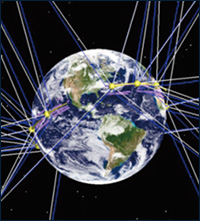
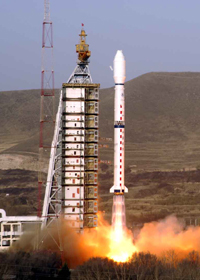
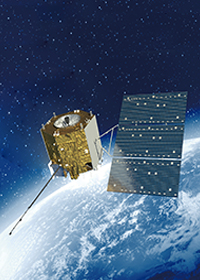

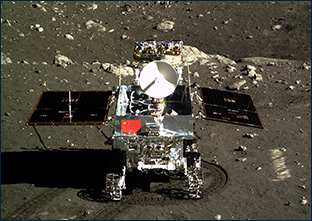
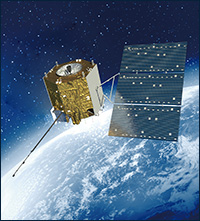

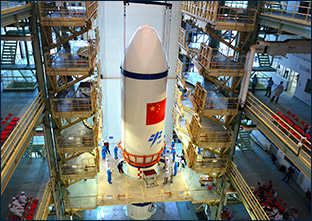



 DOWNLOAD
DOWNLOAD E-MAIL
E-MAIL